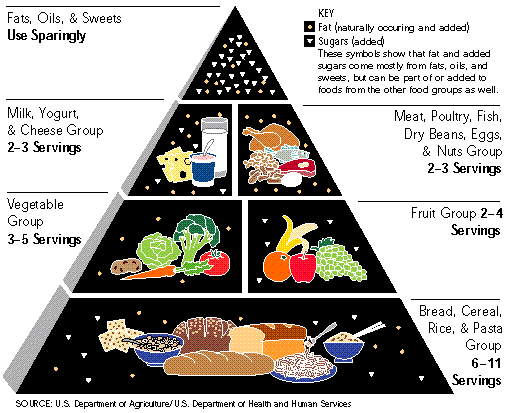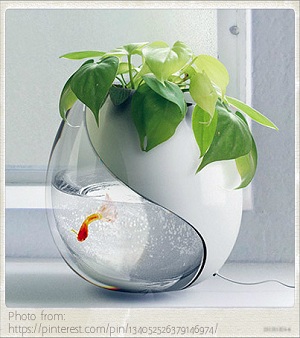Food packaging is packaging done for food. It requires safeguarding, tampering resistance and distinct chemical or physical needs. It also shows the merchandise that is labeled to show any diet information about the nutrients being expended. Packaging should protect items from peripheral factors such as dust, microbes and interfering. Packaging makes it safer and less susceptible to contagion. Diet stays renewed longer when it is packed effectively.
The principal roles of this wrapping are to protect food products from outside influences and damage, to contain the diet, and to provide consumers with component and nutritional material. The main goal is to contain nutriment in an economical way that satisfies industry requirements and consumer desires, maintains safety, and minimizes environmental impact. It can slow product deterioration, maintain the useful effects of processing, lengthen its durability, and maintain or increase the quality and safety of nutrients. In doing so, it provides protection from the3 major classes of external inducements: chemical, biological and physical.
This fortification however accounts for utmost waste in the United States. Though some of it is recyclable it is demanding to improve the efficacy of its cost. It aids in diffusion of sustenance. Nutrition can be packed in flexible and aluminum cans, cardboard and plastic bags. Tools that have habitually been used include glass, metals, paper and paper boards, and plastics.
Aluminum cans may reserve sustenance for a very long time. They nevertheless require a can opener to open since opening them can be quite a challenge. It ensures physical protection, barrier protection, containment or agglomeration (powders), marketing, security, convenience for distribution and handling and portion control (especially for bulk commodities).
Principal wrapping is the main compendium that holds the processed fare. Reduced covering and sustainable wrapping are however becoming more frequent. This is basically from government regulations, consumer pressure, retailer pressure, and cost control. Package design and construction play a significant role in determining the shelf life of a nutrition product. The right assortment of wrapping materials and expertise maintains merchandise quality and freshness during circulation and stowing.
Today's packages often combine several materials to exploit each materials functional or aesthetic properties. As research to improve sustenance wrapping continues, advances in the field may have alarming impacts to its environment. Plastic has become the most- used commodity due to its malleability and durability. In addition, a wider variety of plastics have been offered in both rigid and flexible shapes.
Plastic vessels are ideal for serving ready-made sustenance. The tough plastic offers an excellent seal against discharges and prevents diet from withering out. Paper diet bags are an ideal alternative to plastic bags or expensive boxes. The paper allows aeration and prevents dry sustenance from becoming damp with steam from the hot commodities. Environmentally friendly biodegradable ampules are ideal for eco minded sellers and consumers alike. They are suitable for engagements and commemorations where clutter may be ignored. Pallet wrap is perfect for casing pallets to safeguard from dirt or light marks. Permeable pads are used to protect embalmed products from micro-bacterial decay by absorbing surplus fluids from meat or fish.
Any valuation of food packagings effect on the environment must consider the positive benefits of reduced diet waste throughout the supply chain. Significant nutrient wastage has been reported in many countries, ranging from twenty five percent for food grain to fifty percent for fruits and vegetables. Inadequate preservation/protection, storage, and transportation have been cited as causes of food waste. Good packaging reduces total waste by extending the durability of foods, thereby prolonging their usability.

 Introduction To Of Some Lower Cholesterol Foodstuffs
Cholesterol is a fat-like element contained in the physique
Introduction To Of Some Lower Cholesterol Foodstuffs
Cholesterol is a fat-like element contained in the physique
 The Simplest Way To Lessen Your High Cholesterol By Natural Means
High-cholesterol is a major variable inside the countrywide
The Simplest Way To Lessen Your High Cholesterol By Natural Means
High-cholesterol is a major variable inside the countrywide
 Starting Up An Aquaponics Set Up From See The Easy Way
Planting seeds in your aquaponics system can be a lot simpl
Starting Up An Aquaponics Set Up From See The Easy Way
Planting seeds in your aquaponics system can be a lot simpl